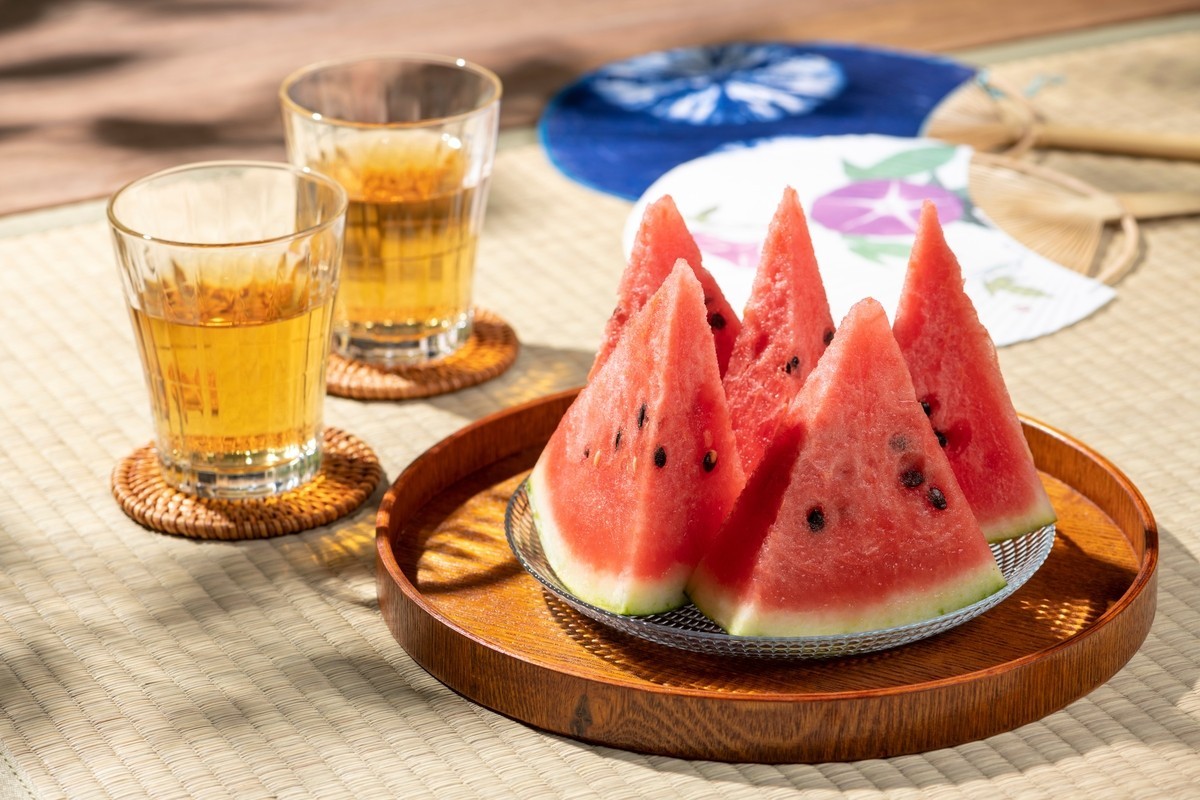
As the heat intensifies in summer, it's easy to become physically drained. That’s why it’s important to actively incorporate seasonal summer foods into your diet to stay healthy and energized. In this article, we’ll introduce a list of Japanese foods that are in season during the summer, based on a seasonal ingredient calendar. We’ll also cover different types of summer vegetables, dishes that use seasonal ingredients, and some useful nutritional tips to help prevent summer fatigue.
* If you purchase or make reservations for products introduced in this article, a portion of the sales may be returned to FUN! JAPAN.
Seasonal Ingredients in Summer
Let’s start by taking a look at some of the representative ingredients that are in season during summer.
Vegetables
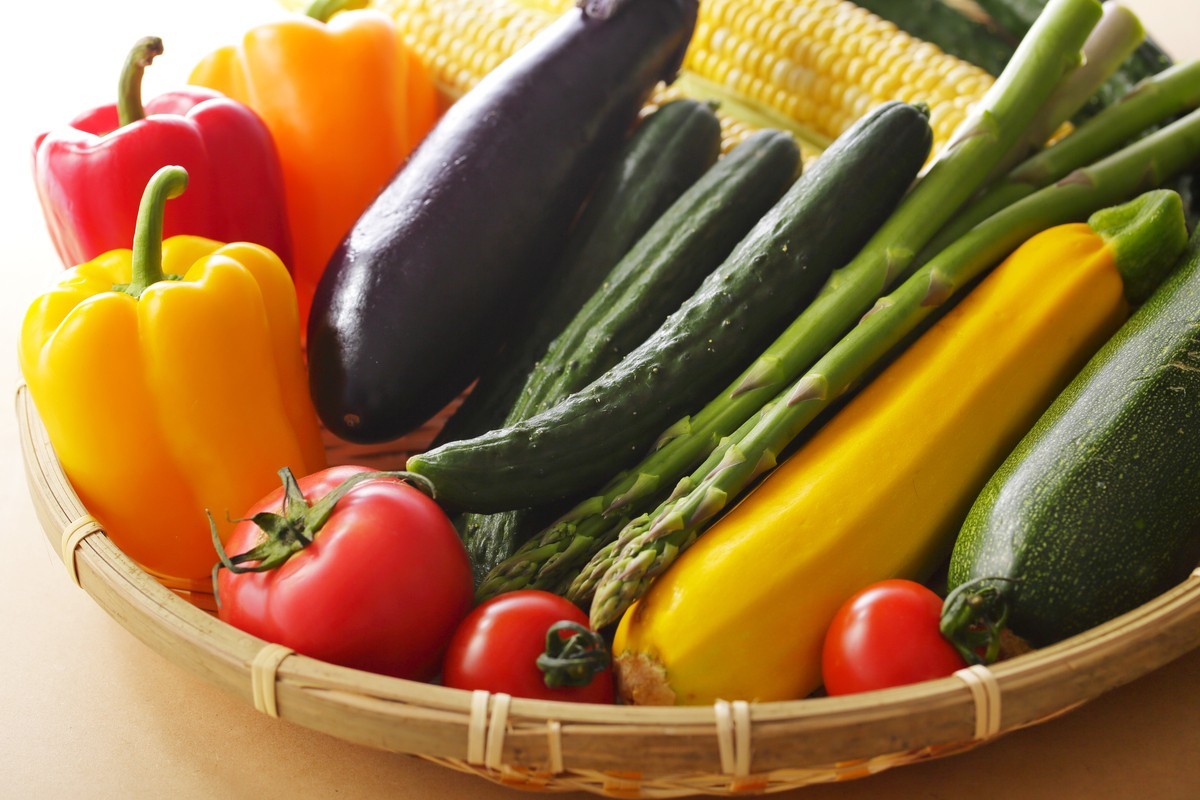
- Corn
- Tomatoes
- Zucchini
- Green peppers
- Eggplant
Corn and tomatoes are iconic summer vegetables. They have a strong natural sweetness and are delicious whether eaten as-is, in salads, or grilled. Zucchini, green peppers, and eggplant are rich in vitamins and minerals, adding color and nutrition to summer meals.
The main production areas for tomatoes include Hokkaido, Nagano, and Kumamoto. Tomatoes are especially in season from June to August, with popular varieties like “Momotaro” and “Aiko” widely available. Vegetables harvested in season are highly nutritious and have a rich flavor. Knowing the types of summer vegetables can help you plan your daily menus more effectively.
Fruits
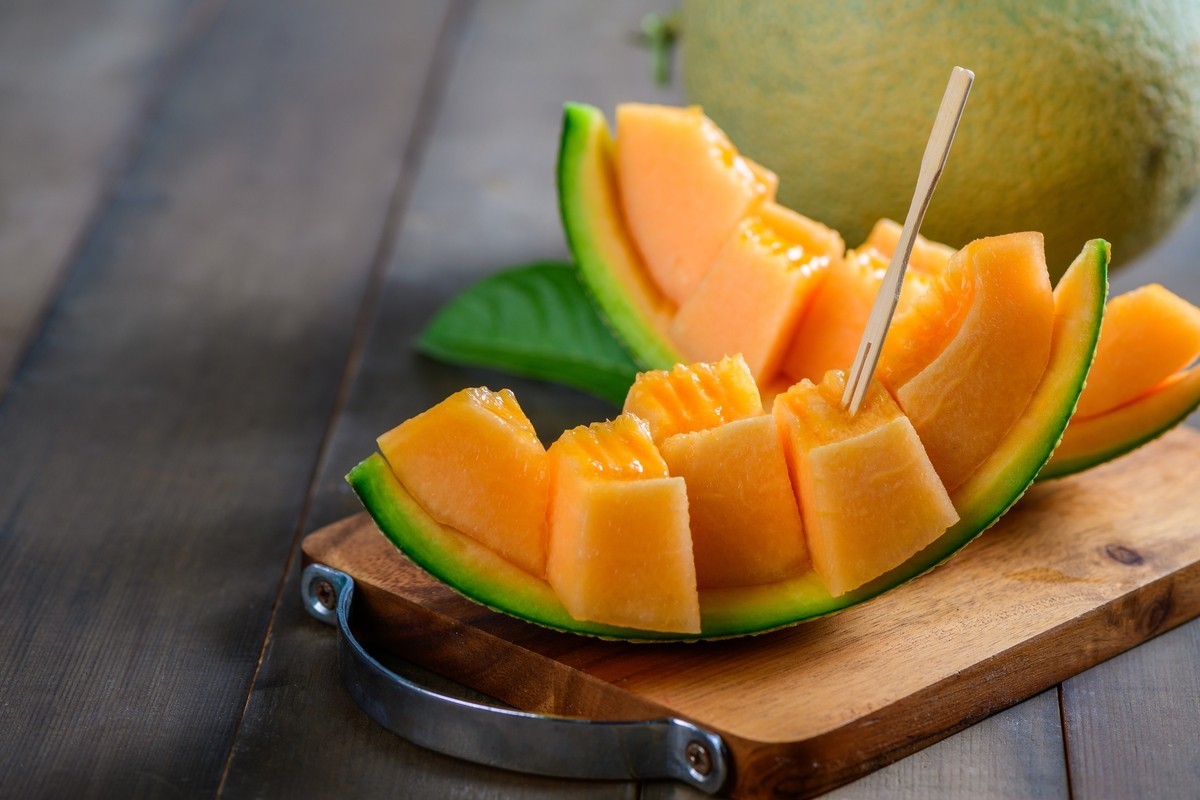
- Peach
- Watermelon
- Melon
- Mango
- Fig
Summer fruits are known for their sweet and juicy flavors. Peaches, watermelons, and melons are especially refreshing when chilled.
Kumamoto and Chiba are known for their watermelons; Ibaraki and Hokkaido for melons; and Yamanashi and Fukushima for peaches. Miyazaki’s “Taiyo no Tamago” (Egg of the Sun) is a premium brand of mango. Figs are highly nutritious and are in season from August to September. These fruits are rich in water and minerals, making them effective for preventing heatstroke. They’re recommended as part of breakfast or dessert.
👉 【Related Article】6 Brand Fruit Picking Recommendations for Summer
Seafood
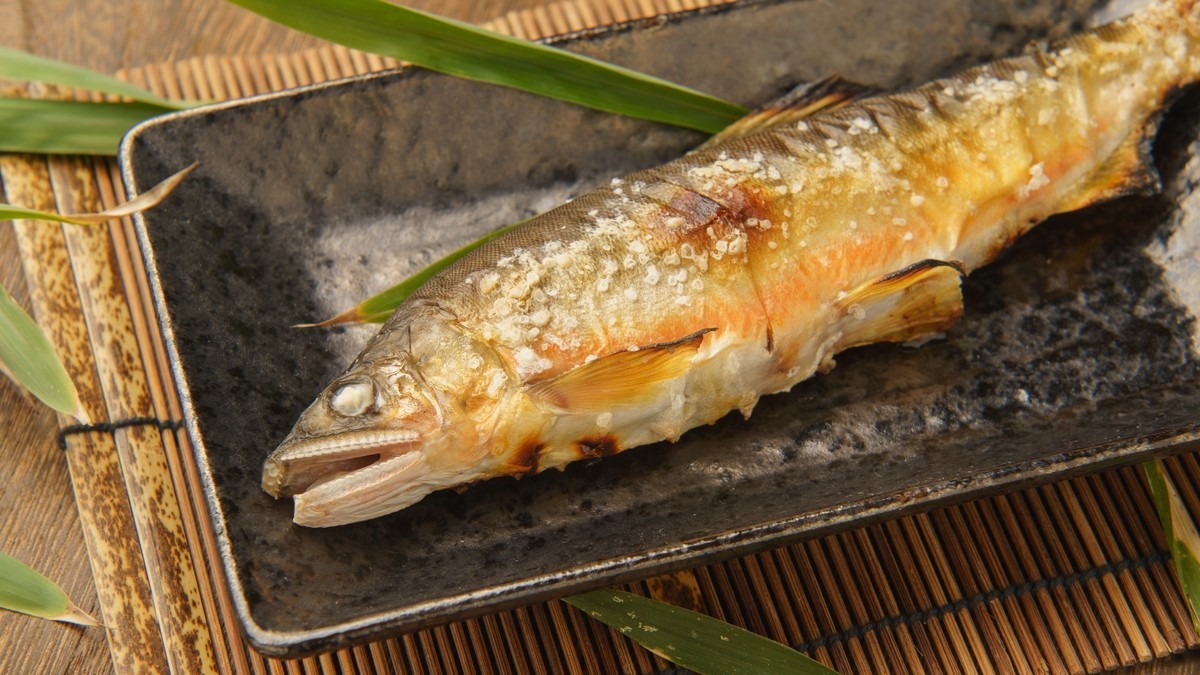
Ayu (sweetfish)
- Horse mackerel
- Japanese whiting (kisu)
- Squid
- Turban shell (sazae)
Seasonal summer seafood includes ayu, known as the king of river fish, rich horse mackerel, and refreshing Japanese whiting. Ayu is at its peak from June to August and is caught in clear rivers in Gifu, Shizuoka, Kumamoto, and other areas.
From the sea, squid and turban shells are well known. Dishes like grilled turban shell (tsuboyaki) and chopped horse mackerel (aji tataki) stimulate the appetite even on hot days. Seasonal fish are highly nutritious and exceptionally fresh. Enjoy them in various dishes such as sashimi, salt-grilled, or tempura.
Dishes to Eat in Summer
Next, we'll introduce dishes using seasonal summer ingredients that are also recommended for preventing summer fatigue.
Eel (Unagi)
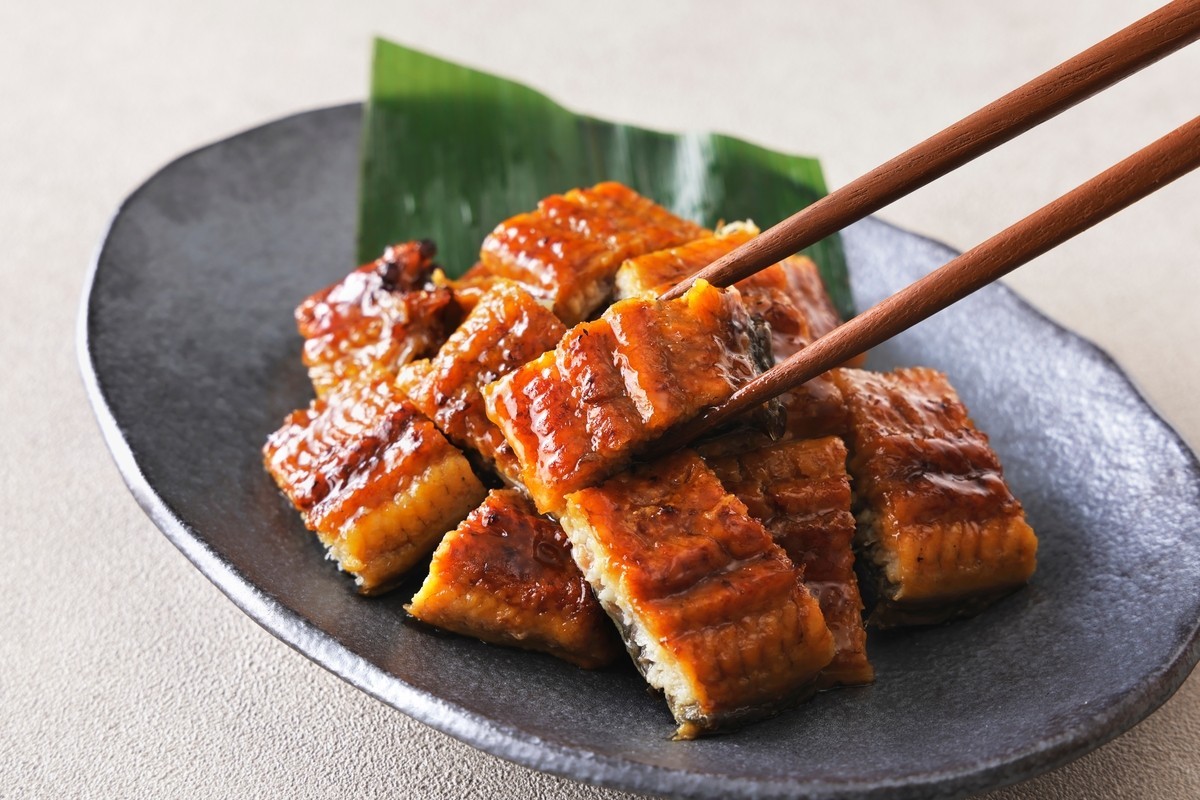
Many people think of eel when they hear "Doyo no Ushi no Hi" (Midsummer Day of the Ox). Eel is rich in vitamins A and B, and protein, making it effective for preventing summer fatigue and recovering from exhaustion. Vitamin B1, in particular, helps convert carbohydrates into energy, delivering nutrients to bodies with reduced appetites due to the heat. Eel is popular as a luxurious summer delicacy, with variations like kabayaki (grilled with sauce), shirayaki (grilled without sauce), and umaki (eel rolled in egg)..
👉 【Tabelog】Find eel restaurants in Japan
Curry
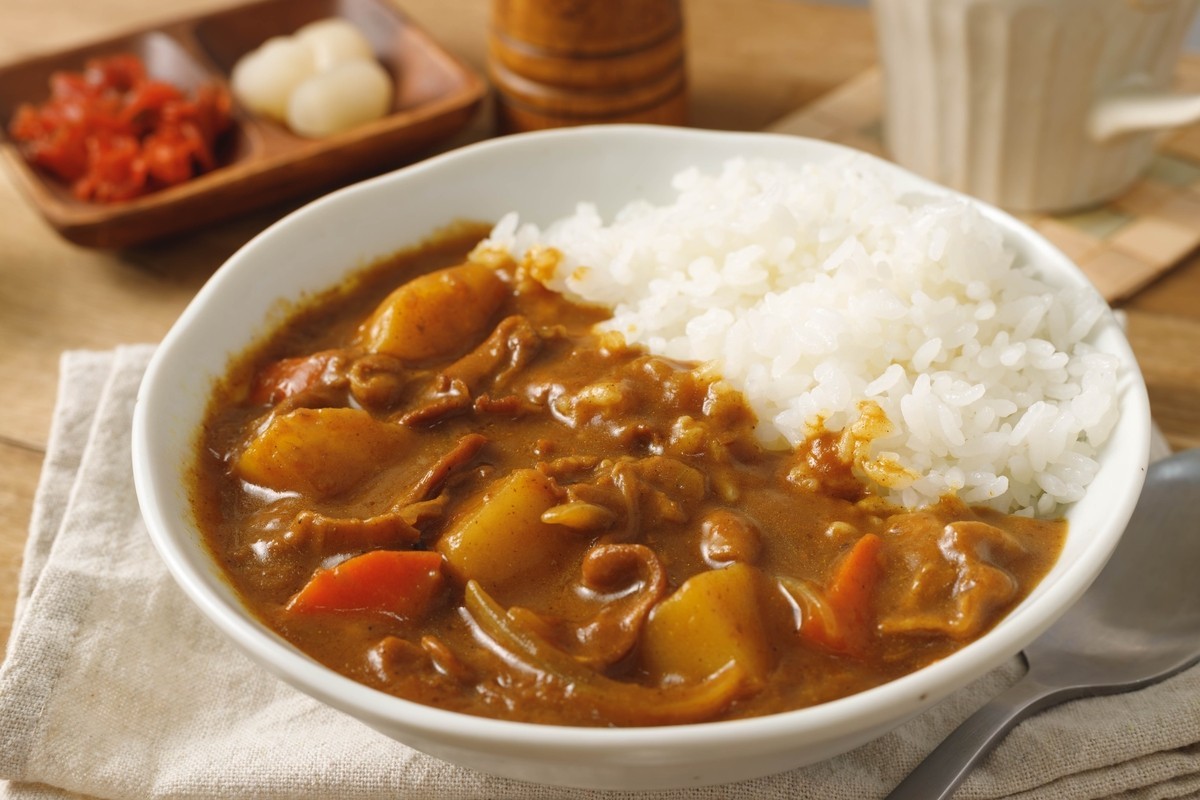
Spicy curry promotes sweating, supporting body temperature regulation and metabolism. Turmeric and cumin, in particular, help regulate the digestive system, making them perfect for preventing summer fatigue. Furthermore, using plenty of summer vegetables like tomatoes, eggplants, zucchini, and bell peppers creates a nutritious "summer vegetable curry."
👉 【Tabelog】Find curry restaurants in Japan
Cold Noodles
On hot days when you don't have much appetite, cold noodle dishes with a smooth texture are very useful. There's a wide variety, such as somen, hiyashi chuka, cold soba, and udon, which are also easy to arrange. The cool appearance and texture should soothe both body and mind.
👉 【Tabelog】Find cold noodle restaurants in Japan
👉 【Related Article】Refreshing and Healthy! 6 Chilled Noodles Perfect for Hot Days
Somen
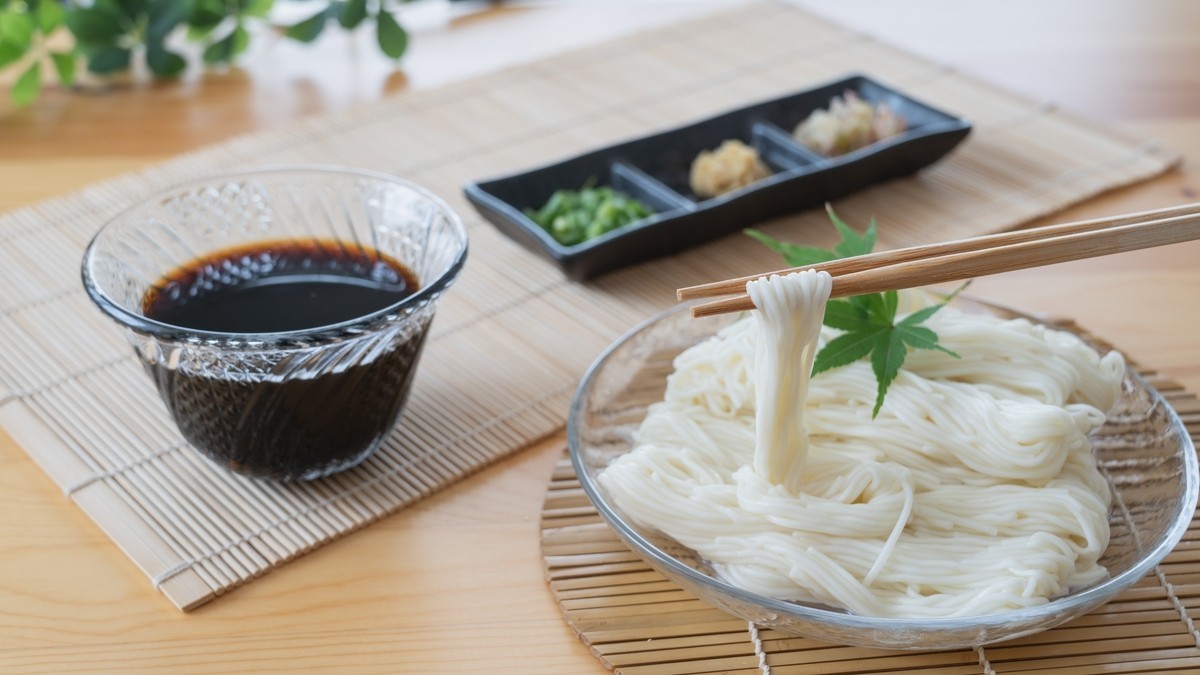
Somen has a smooth texture, and you can create various flavors just by changing the dipping sauce and condiments. You can also combine it with seasonal summer ingredients like shiso leaves, myoga ginger, or umeboshi. It's a summer staple that's easy to make and eat even when you don't have much appetite.
Hiyashi Chuka (Cold Chinese Noodles)
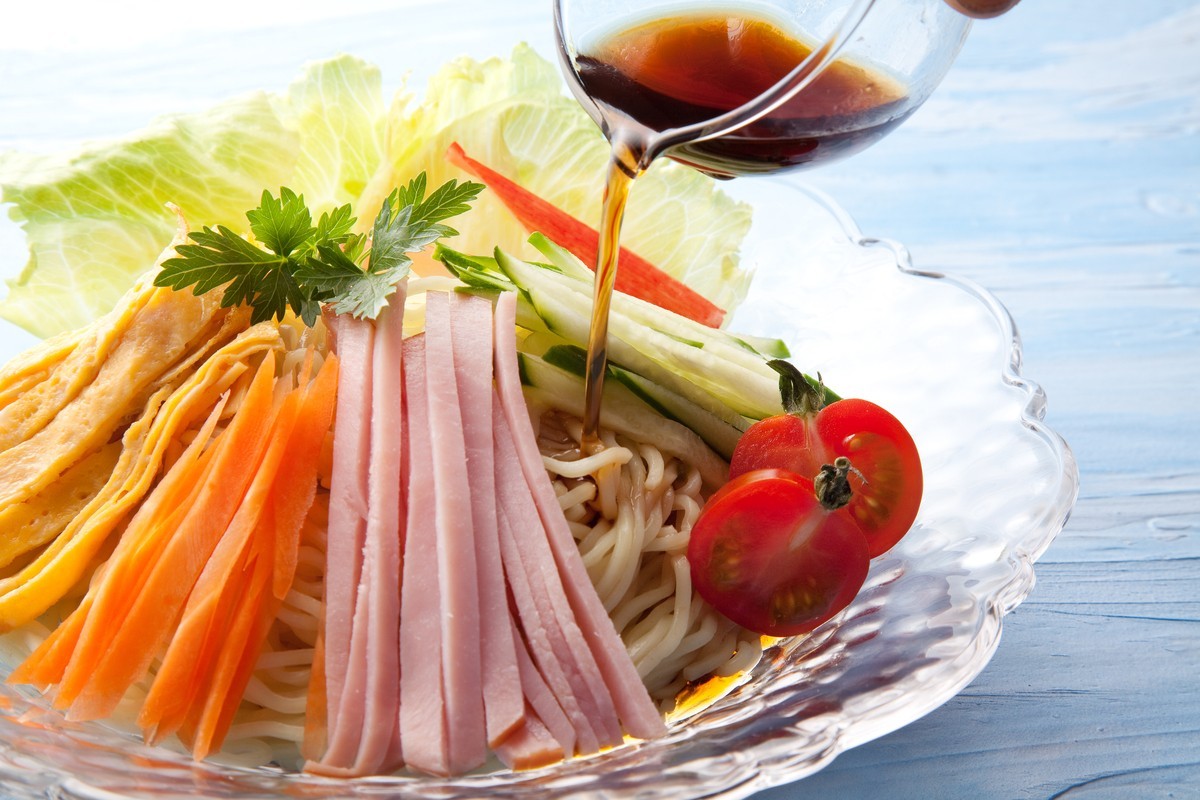
Hiyashi chuka stimulates the appetite with its colorful ingredients and tangy sauce. It's convenient that you can easily make it with ingredients from your refrigerator, such as ham, eggs, cucumber, tomatoes, and bean sprouts. Recently, variations like sesame sauce or spicy arrangements have become popular to suit individual preferences.
Cold Soba and Udon
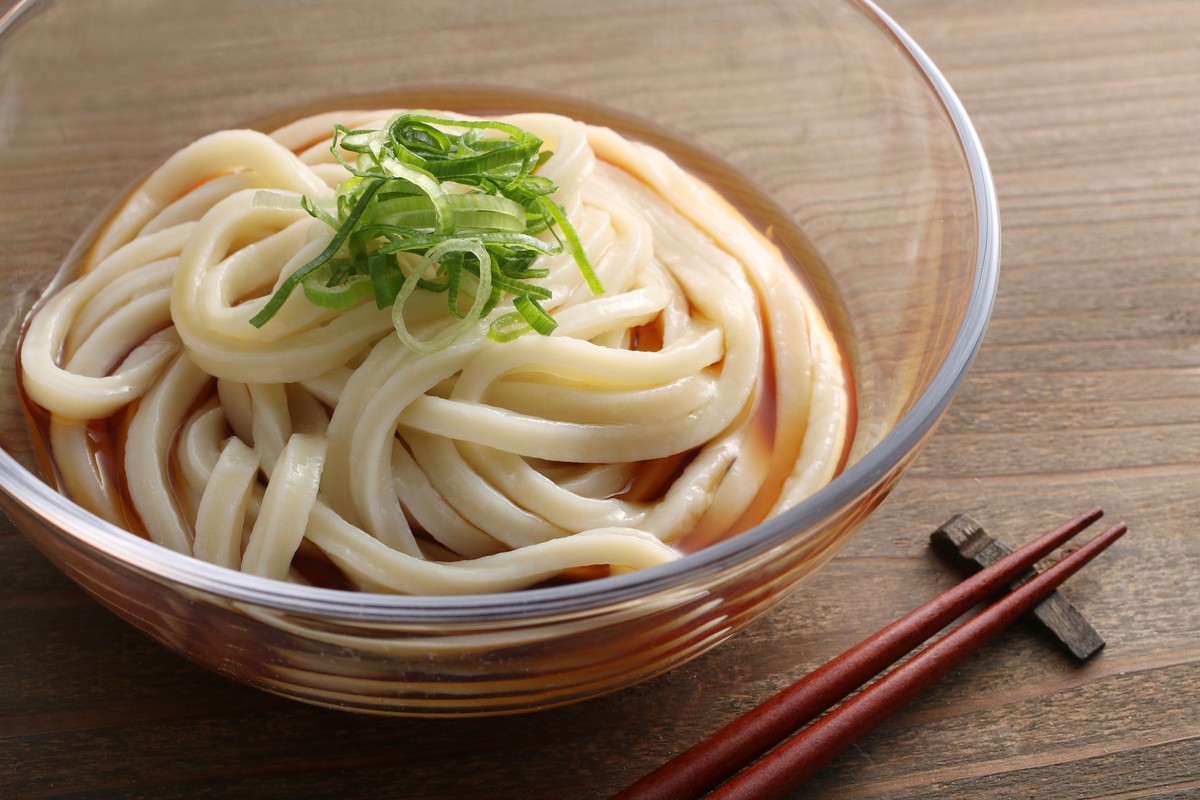
Cold soba and udon dipped in cold sauce are perfect dishes for hot days. Soba contains rutin, which supports blood flow, while udon is gentle on the stomach and easy to digest. Topping with slimy foods like okra, grated yam, or natto can be effective for boosting stamina. Adding summer vegetables allows you to enjoy nutritious cold noodles.
Morioka Cold Noodles (Morioka Reimen)
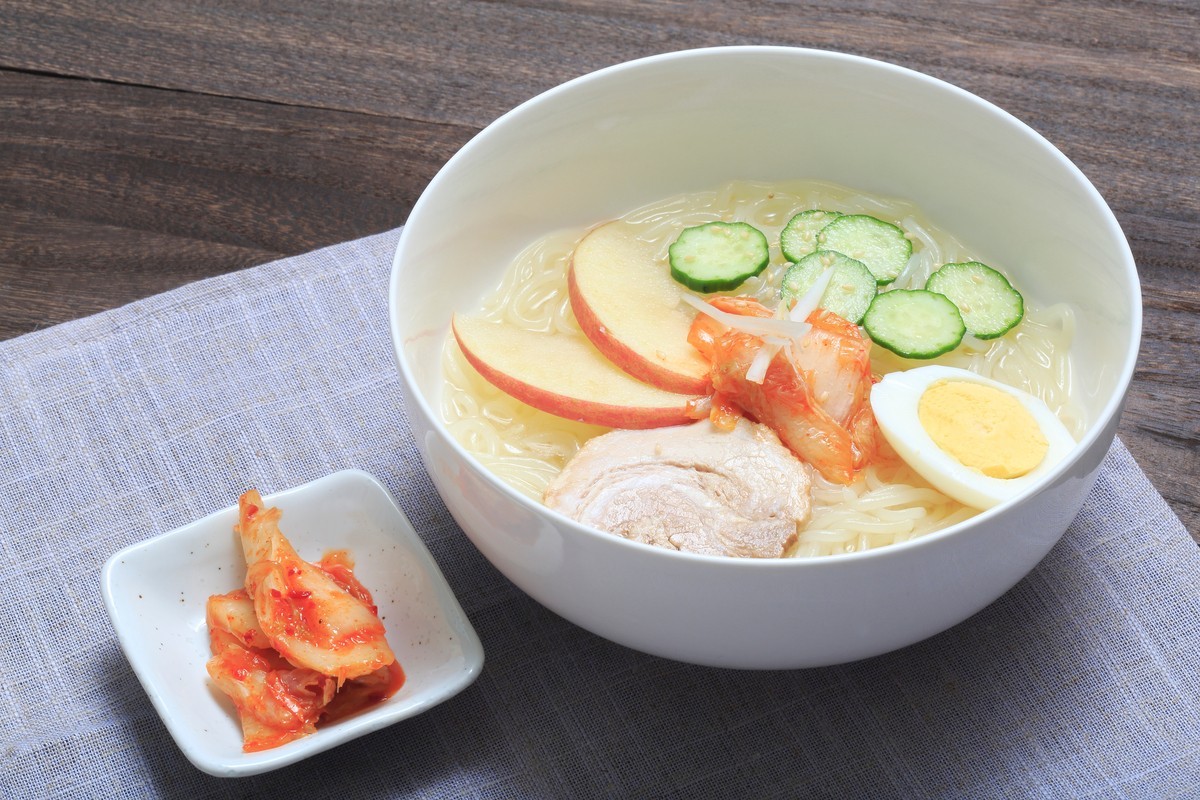
Morioka cold noodles, a local specialty from Morioka City in Iwate Prefecture, are characterized by their chewy noodles, cold soup, and light seasoning. They're often served with kimchi, boiled eggs, and fruit, and go well with various ingredients. The beef bone-based soup is flavorful yet has a clean aftertaste, making it easy to eat even when your appetite is reduced due to the heat.
Perfect Japanese Sweets for Summer
In hot summer, you might want to feel cool with chilled Japanese-style sweets. Here, we'll introduce beautiful and refreshing Japanese sweets.
Kakigori (shaved ice)

Kakigori is a classic treat at summer festivals and street stalls. While traditional strawberry and melon syrups remain popular, in recent years, luxurious “evolved kakigori” topped with generous amounts of fresh fruit have been gaining attention. Health-conscious varieties featuring matcha, brown sugar syrup with roasted soybean flour, or soy milk bases are also becoming more common. With its finely shaved ice and creative toppings, kakigori is now a featured item at Japanese sweets shops and cafes. Refreshing in both taste and appearance, kakigori is truly the quintessential summer dessert.
👉 【Yahoo! Shopping】Purchase a set of 6 shaved ice syrups
Anmitsu
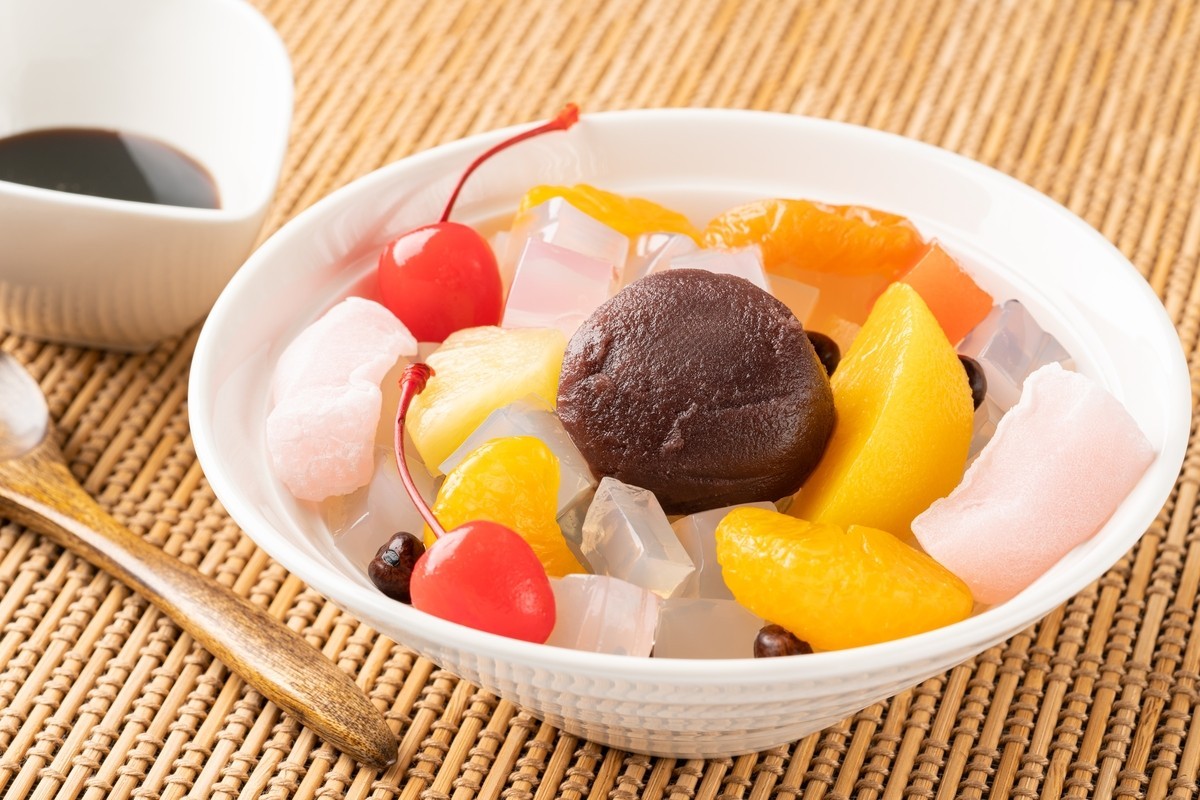
Anmitsu is a traditional Japanese dessert perfect for summer, made with chilled agar jelly, lightly sweetened red bean paste, and juicy fruits. It’s typically served with a drizzle of black sugar syrup, and the jiggly texture of the agar is especially soothing in the summer heat. Topping it with seasonal fruits like peaches or melons adds color and enhances flavor. By adjusting the amount of red bean paste or mochi balls, it can also be enjoyed as a healthier, low-calorie dessert.
👉 【Yahoo! Shopping】Purchase Eitaro's Japanese Confectionery Anmitsu (6 cans)
Mizu Yokan (Chilled Red Bean Jelly)
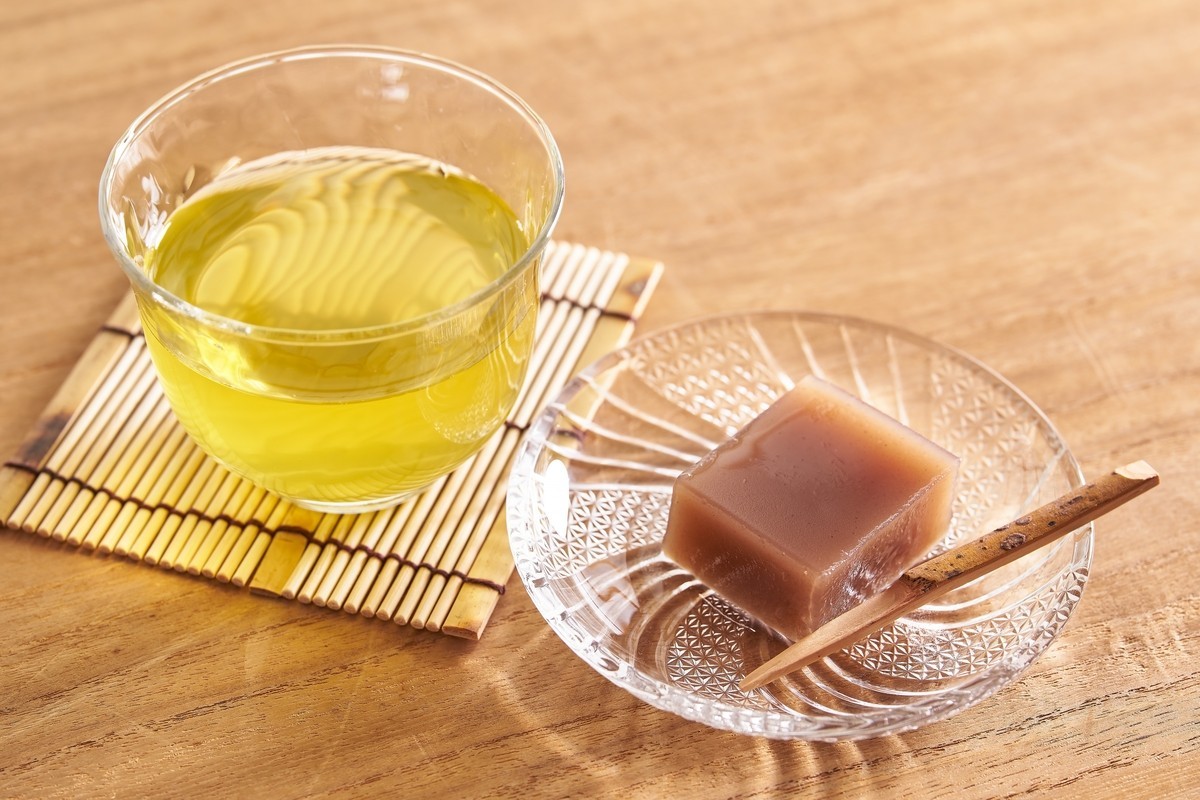
Mizu yokan is another classic wagashi enjoyed during summer. It features a gentle sweetness that brings out the natural flavor of azuki beans, along with a smooth, silky texture. Made simply with agar, azuki beans, and sugar, it contains few additives and is easy on the body. Chilling it well in the fridge enhances its refreshing quality.
👉 【Yahoo! Shopping】 Purchase Mega Serving Melting Mizu Yokan (50g x 15 pieces)
Fruit Daifuku
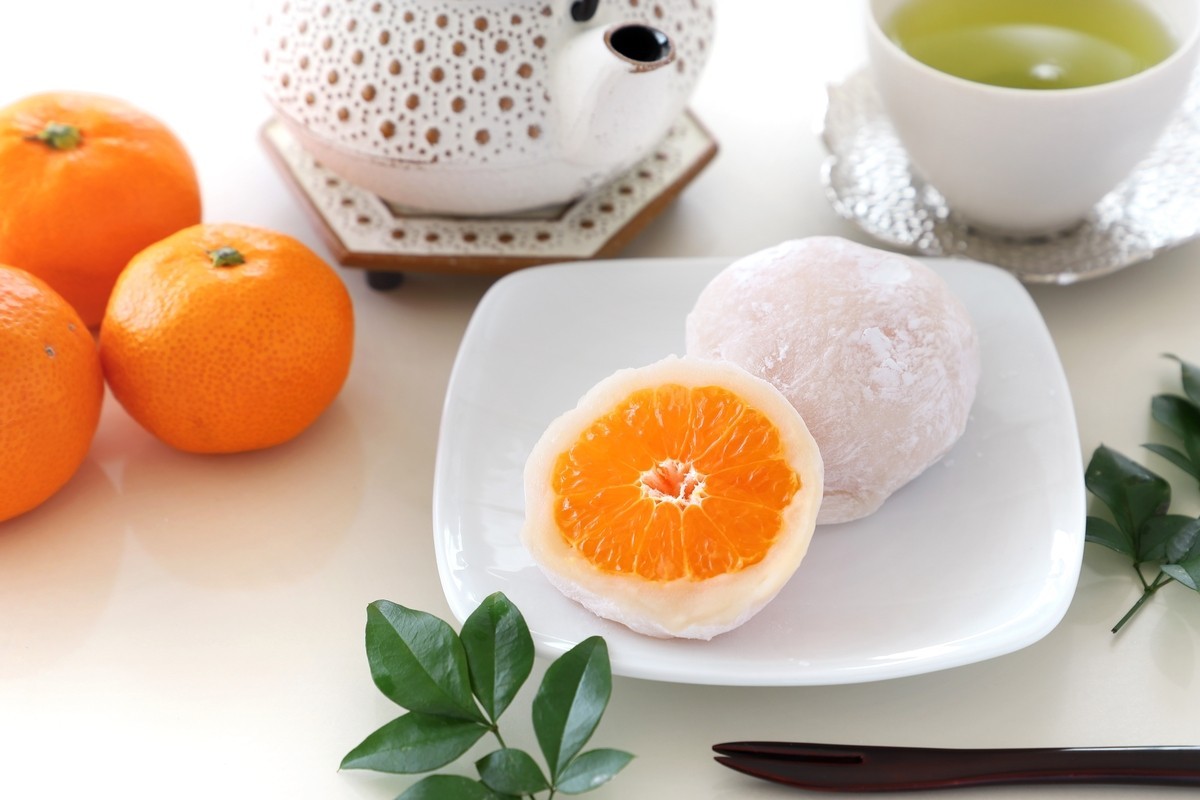
Fruit daifuku, which wraps seasonal fruits like strawberries, kiwi, or grapes together with white or black bean paste in mochi, often becomes a topic on social media as a representative of beautiful "moe-dan" (visually appealing cross-section). Many varieties maintain their texture even when chilled, and their deliciousness and visual appeal have made them popular as a new standard summer Japanese sweet. They're well-received as gifts or for entertaining, and can be enjoyed not only for their taste but also for their appearance.
👉 【Yahoo! Shopping】Purchase Ginza Senbikiya Fruit Daifuku 4 types (8 pieces)
Eat Well Even in Summer! Food and Health Tips
Because appetite tends to decrease in hot weather, making smart food choices becomes especially important in summer. Below is an easy-to-understand explanation of the common causes of summer fatigue, key nutrients to include, and the benefits of using seasonal ingredients.
Why Does Appetite Decrease In Summer?
There are two main reasons why appetite decreases in summer.
Disruption of the autonomic nervous system due to temperature differences

Sudden changes between air-conditioned indoor spaces and hot outdoor environments can stress the body. This disrupts the autonomic nervous system, leading to weaker digestive function and loss of appetite. To help the body adjust, it's important to support the nervous system through balanced meals and sufficient rest.
👉 【Related article】What is heatstroke? Symptoms, treatments, recommended items, and warning alerts
Reduced digestion due to excessive intake of cold foods and drinks
In hot weather, it’s easy to overconsume cold beverages and ice cream. However, overcooling the body can impair the digestive system and reduce appetite. To prevent indigestion, try to include warm soups and room-temperature drinks in your routine along with cold foods.
Nutrients That Help Prevent Summer Fatigue
Next, we'll explain the nutrients that are helpful in preventing summer fatigue.
Protein
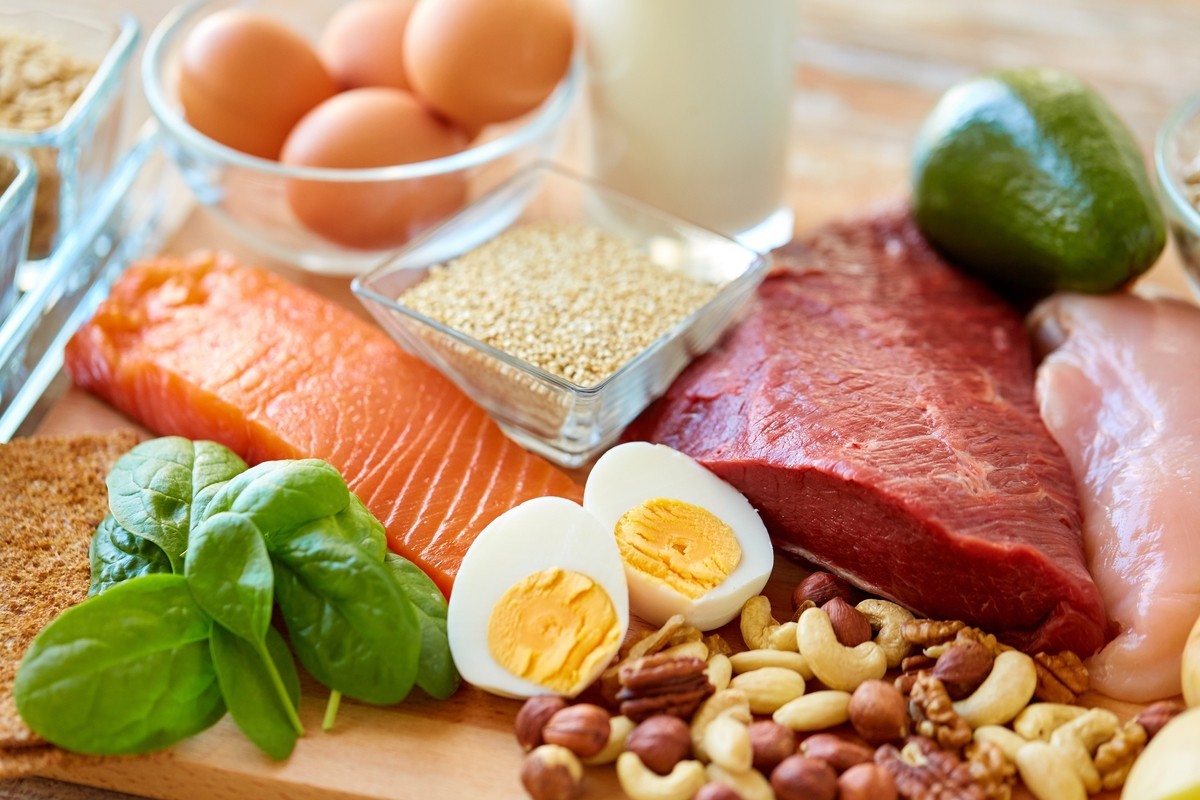
Protein, which forms the basis of muscles, organs, and blood, is essential for preventing summer fatigue. When fatigue accumulates due to heat, physical strength decreases and recovery tends to be delayed, but consciously consuming quality protein can enhance recovery power. Try to incorporate chicken, fish, tofu, and eggs into your meals.
【Foods rich in protein】
Meats
- Seafood
- Eggs
- Soy products (tofu, soy milk, etc.)
Vitamin B1
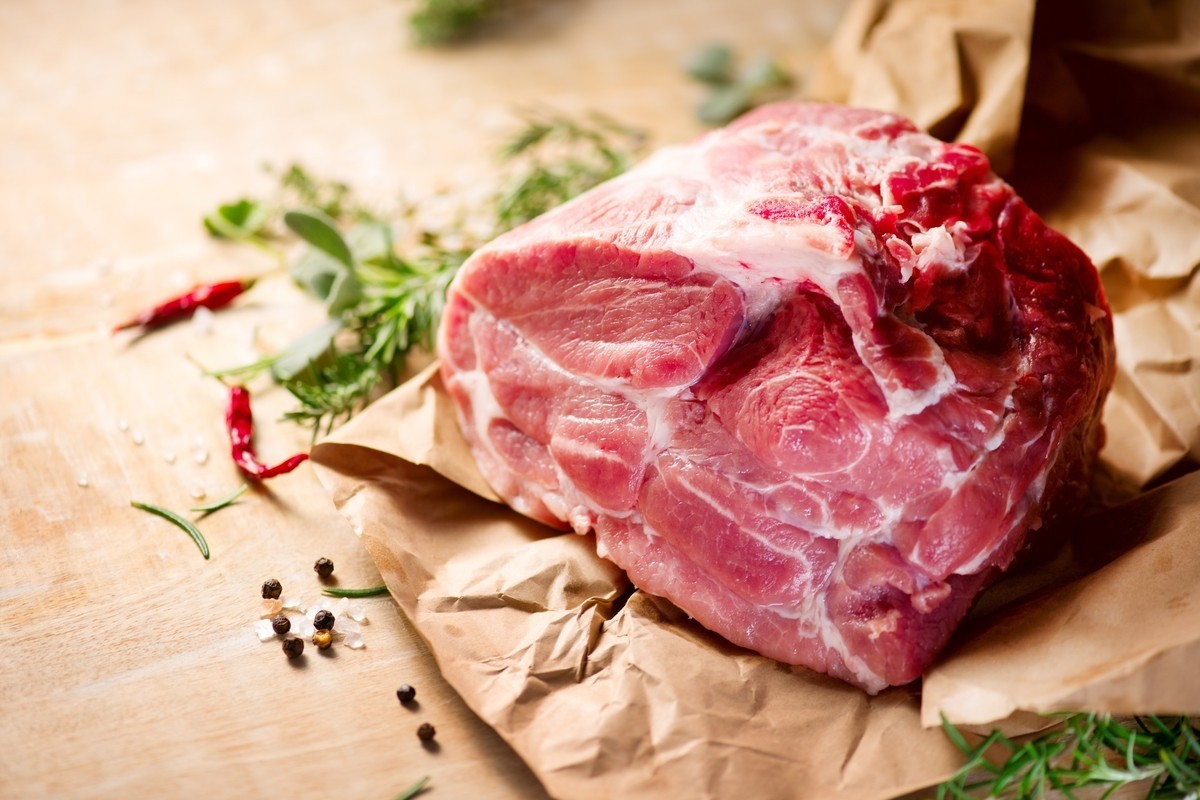
Vitamin B1 is abundant in pork, edamame, and brown rice. It supports energy metabolism, especially by helping convert carbohydrates into energy and breaking down fatigue-causing substances like lactic acid.
【Foods rich in vitamin B1】
Pork
- Lean red meat
- Edamame
- Nuts (such as walnuts and cashews)
- Brown rice
- Spinach
Minerals
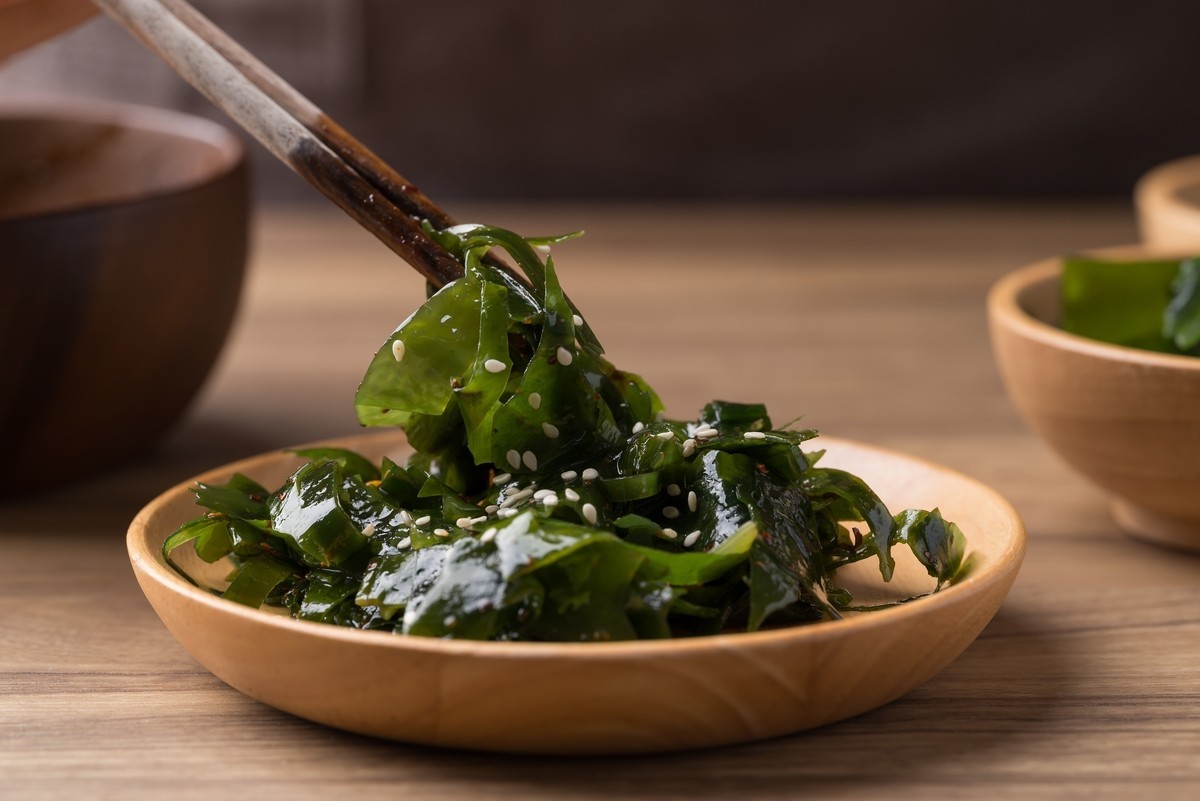
Minerals such as sodium, potassium, calcium, and magnesium are essential for maintaining health. Since these are easily lost through sweat, it's important to replenish them during the summer. You can get a good balance of minerals by incorporating seaweed, nuts, beans, and seafood into your meals.
【Foods rich in minerals】
Seaweed (such as kombu and wakame)
- Nuts (such as almonds and hazelnuts)
- Beans (such as soybeans and red beans)
- Seafood (such as mackerel and scallops)
Benefits Of Eating Seasonal Ingredients
Finally, here are some of the benefits of incorporating seasonal ingredients.
Fresh and nutritious
Seasonal ingredients are harvested at their peak and are at their most nutritious. Because they reach the market quickly after harvest, they retain more vitamins and minerals. In summer, when it’s easy to fall into an unbalanced diet, incorporating seasonal foods helps support your health.
Rich in umami and delicious to eat
Seasonal foods develop their best flavor during the time they are meant to be eaten. Their sweetness, aroma, and juiciness are enhanced, allowing you to enjoy their natural taste. You can cook them simply, with minimal seasoning, and still enjoy rich flavor.
Affordable price
When ingredients are in season, they are more widely available and prices tend to be stable or lower. Choosing seasonal ingredients gives you the best balance of nutrition, flavor, and cost.
Eating seasonal ingredients is the key to staying healthy and refreshed during the summer. With juicy vegetables and fruits, and dishes and sweets perfect for hot weather, you can enjoy a delicious and nourishing summer. Treat both your body and mind to the taste of the season and enjoy each day with energy and wellness.
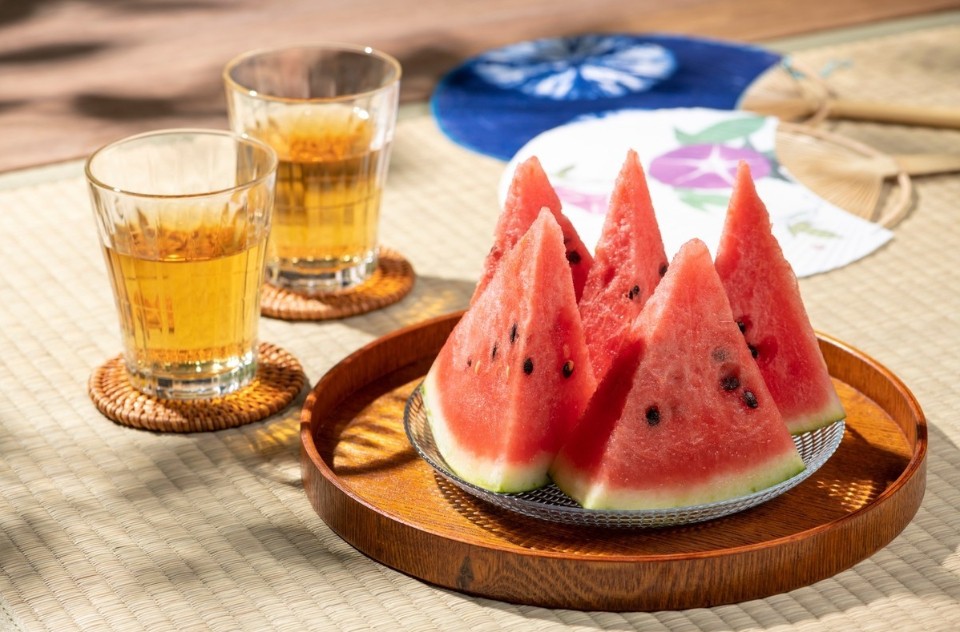
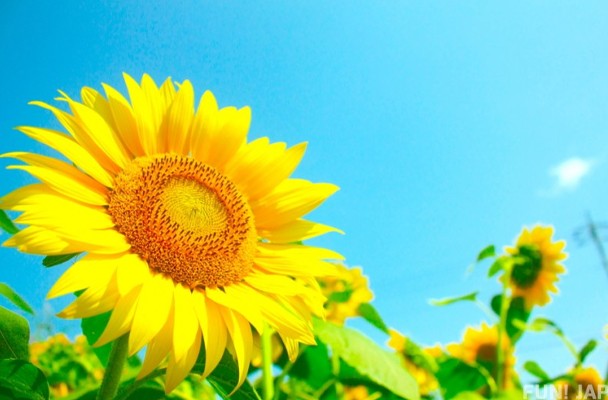
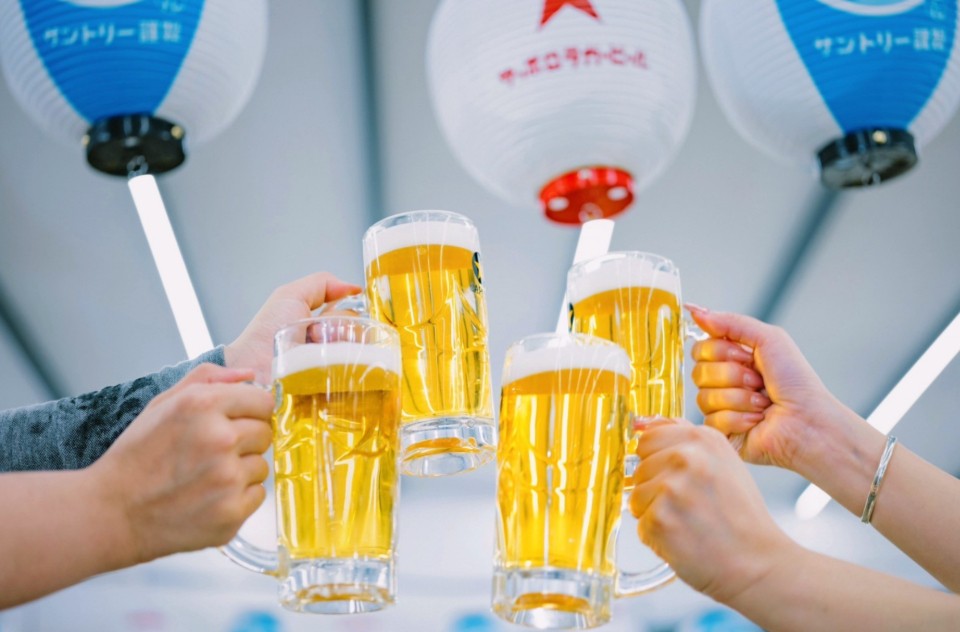
Comments